STS-107
STS-107 launched January 16, 2003 at 10:39AM.![[STS-107 launch]](images/STS107.jpg)
A video of the launch:
|
Our patches: |
Background:The Shuttle Experiment was designed to take advantage of the magnetic heterogeneity of gravity-sensing columella cells, which initiate the graviresponse of roots by the displacement of starch-filled amyloplasts. Ponderomotive magnetic forces act on structures of different magnetic properties in strong magnetic gradients. The field density decreases at the transition from the ferromagnetic wedges to air and thus forms the HGMF. The HGMF repels amyloplasts comparable with the gravity force. The magnetic force decreases with the distance from the edge. Flax roots were allowed to grow such that the tips of their roots pass through the HGMF. As a result of the internal displacement of the amyloplasts the roots were expected to curve as if gravistimulated. We had the following objectives:
|
|
Mission Overview | ||
The hardware started with a laboratory system that was increasingly refined. |
||
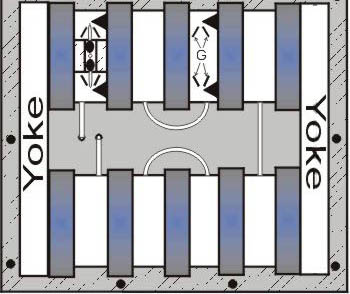 |
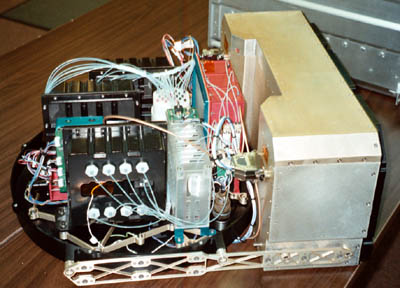 Assembly of the Biotube hardware. |
|
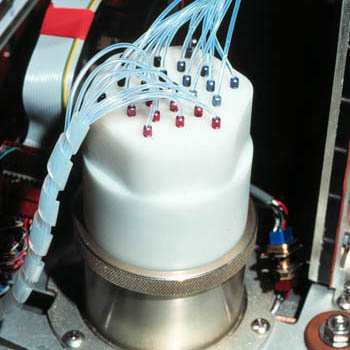 |
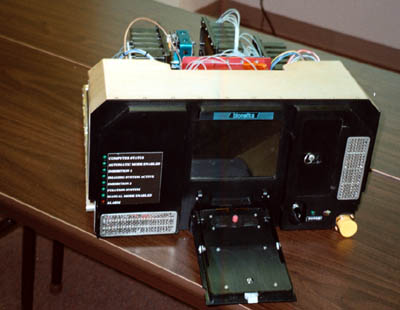 |
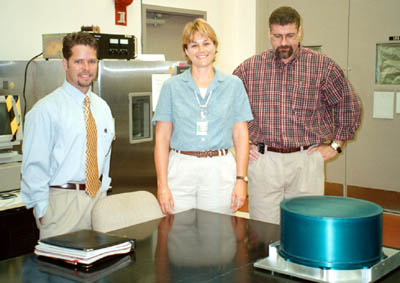 The KSC support team that helped with design, engineering, and logistics. (L-R) David Cox, April Boody and Ken Anderson. Not shown: software engineer Don Platt. |
Although the experiment worked well, the accident upon re-entry resulted in a complete loss of data. The crew and their sacrifice for science will never be forgotten. |
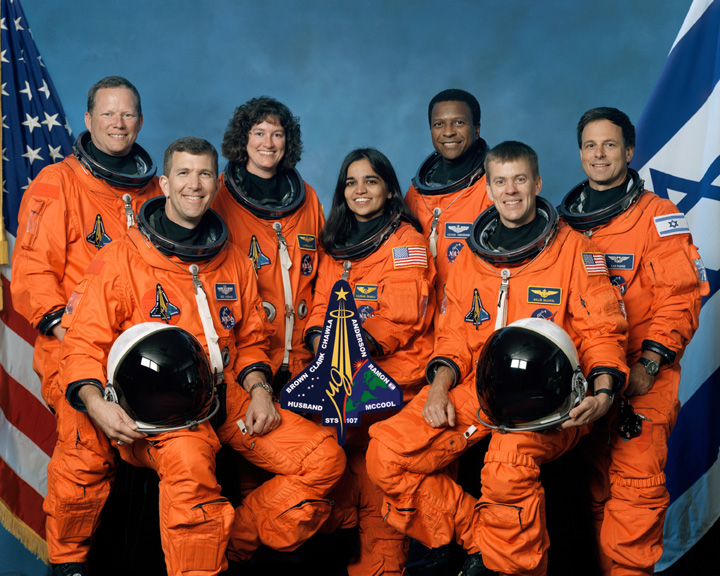
|
|
![[Biotube Patch]](images/ULLpatch.png)
![[NASA U-Code Patch]](images/U-Code.png)